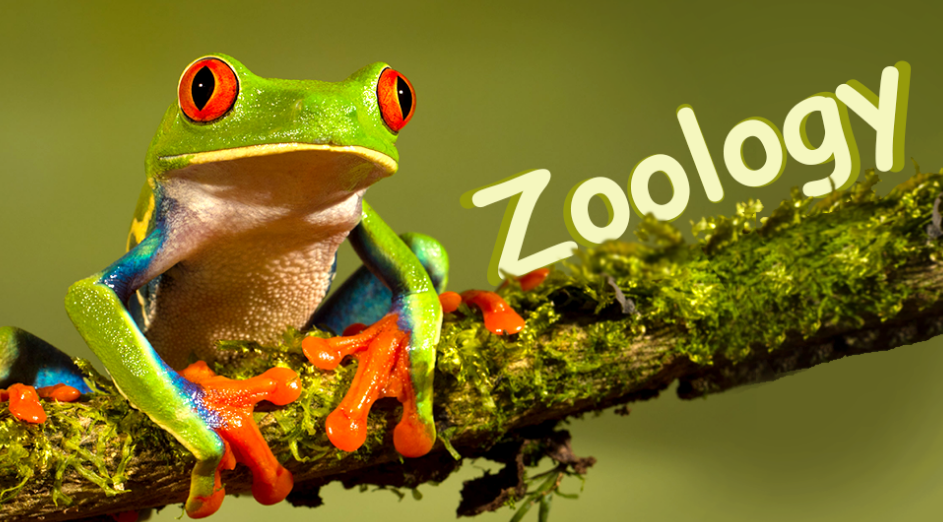Biotic inter-relationships among fishes refer to the various interactions that occur between different fish species within aquatic ecosystems. These interactions can be diverse and encompass a range of behaviors and relationships. Here are some examples:
1. Feeding Relationships:
Competition: Competition occurs when different fish species compete for limited resources such as food, shelter, or mates. Interspecific competition, where species compete with one another, can drive evolutionary adaptations and influence the distribution and abundance of species within an ecosystem.
Predation: Predation is a fundamental interaction among fish species, where one species (the predator) hunts, kills, and consumes another species (the prey). Predation influences the population dynamics, distribution, and behavior of both predator and prey species. It can also have cascading effects on the structure and functioning of entire aquatic food webs.
Symbiosis: In some cases, fish develop mutually beneficial relationships:
Cleaner Symbiosis: Cleaner fish remove parasites and dead skin from larger fish, keeping them healthy. The cleaner gets a meal, and the larger fish benefits from improved health.
Commensalism: Commensalism occurs when one species benefits from the presence of another species without causing harm or benefit to the latter. For example, certain fish species may seek shelter or protection near larger, more aggressive species without directly interacting with them. Commensal relationships are common in complex ecosystems where species occupy overlapping niches.
Mutualism: Mutualistic relationships involve interactions where both species benefit. In the context of fish, mutualistic interactions may include cleaning symbiosis, where certain fish species (cleaners) remove parasites or dead tissue from the bodies of other fish (clients), benefiting both parties. Mutualistic relationships can contribute to the health and well-being of fish populations.
Parasitism: Parasitism involves one species (the parasite) living on or within another species (the host) and deriving nutrients at the host’s expense. Parasitic interactions among fish species can have significant impacts on host health, behavior, and population dynamics. Some parasites may have complex life cycles involving multiple host species.
2. Social Interactions:
Schooling: Many fish species form large schools for protection against predators. The confusion created by a tightly packed group makes it harder for predators to single out an individual fish. Schooling can also improve foraging efficiency by allowing fish to collectively locate food sources.
Shoaling: Similar to schooling, but shoals are looser aggregations of fish that may not be as tightly coordinated. They may offer some protection from predators and can help with finding food.
Pair Bonding: Some fish species form monogamous pairs for breeding and parental care. Both parents may cooperate in guarding eggs and raising fry (baby fish).
Facilitation: Facilitation occurs when one species positively influences the survival, growth, or reproduction of another species without direct interaction. For example, certain fish species may create habitat structures (e.g., coral reefs, submerged vegetation) that provide shelter and resources for other fish species, thereby facilitating their presence and abundance.
3. Reproductive Strategies:
Mating Competition: In some fish species, males compete for the attention of females. This competition can involve displays of color, strength, or elaborate courtship rituals.
Parental Care: Some fish species exhibit varying degrees of parental care. This may involve guarding eggs, fanning water to increase oxygen flow, or even carrying eggs or fry in their mouths. In contrast, other fish species simply release their eggs and sperm into the water column with minimal parental investment.
Understanding these biotic inter-relationships is important for:
Fisheries Management: Maintaining healthy fish populations requires considering the complex web of interactions between different fish species. For example, overfishing a predator species can lead to an increase in prey populations, disrupting the entire ecosystem.
Aquaculture Practices: Creating a balanced environment in aquaculture facilities requires understanding how different fish species interact and ensuring they have compatible needs.
Conservation Efforts: Protecting fish habitats and maintaining biodiversity is crucial for ensuring the health and stability of aquatic ecosystems.



